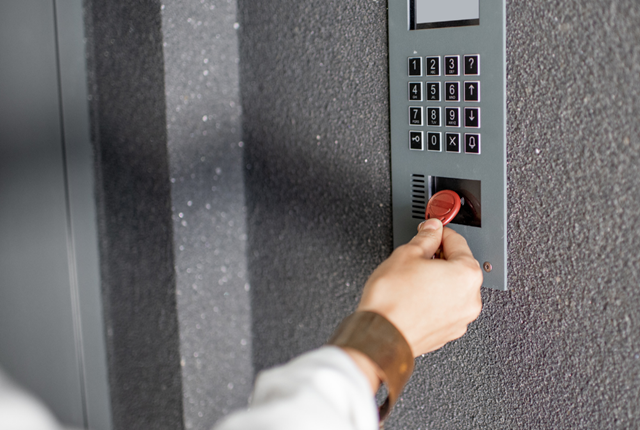Safety alarms
Most alarm systems have a battery backup to make sure that they store entry codes and other system information in the event of a power cut. If you're concerned about your alarm system, it's best to contact us.
Power cuts can happen at any time and are often unexpected. However, there are some things you can do to make sure you're prepared.
What is the priority register?
The priority register is a list of people who need extra care and or support in an emergency. You may be eligible if you:
If you’re on the priority register you will:
Energy suppliers (the company you pay your bills to) and DNO’s (the company that are responsible for the electricity towers and cables) both keep a Priority Services Register. If you think you should be added to either, you should contact them directly. You can find more information about the priority register here
If you find yourself without power the first thing you’ll need to do is check your electricity meter.
What if my neighbours have power?
If you’ve ruled out a power cut and have credit on your meter you’ll need to check your fuse box to see if you have a tripped switch.
What is a tripped switch?
Fuse boxes (also known as consumer units) have many switches, these will remain up in the on position until a fault ‘trips’ one or all of the switches and moves them down to the off position. Trips can be caused by a light bulb blowing, a faulty appliance or a circuit which has been overloaded.
How do I know if I have a tripped switch?
What if I don't have a tripped switch?
How do I carry out an appliance test?
1) Turn all the lights off in your home, remove all plugs from the sockets and make sure they are turned off. This includes your fridge, washing machine and boiler.
2) Once everything is plugged out and switched off, push the tripped switch back up to the 'on' position again.
3) If it does not go up after unplugging everything call us on 0345 60 20 540 to report an emergency repair
If the switch does go up, you can start plugging in your appliances and turning the switches on one by one until one of them trips the switch. The appliance that trips the switch may be faulty.
4) Reset the fuse box and continue plugging in the rest of your appliances. You may have more than one faulty appliance.
5) Once you have identified which appliance is faulty, make sure that it is PAT tested by a qualified electrician before you use it again.
If you have confirmed that there's a power cut in your area you should contact your Electricity Distribution Network Operator (DNO).
Your DNO is responsible for the electricity towers and cables that bring power to your home, they are not the company you pay your bills to.
You can find out who your DNO is here or by calling 105 for free. They’ll put you in touch with a local operator who will be able to give you some advice.
Keeping safe during a power cut
Protect your appliances
Most alarm systems have a battery backup to make sure that they store entry codes and other system information in the event of a power cut. If you're concerned about your alarm system, it's best to contact us.

During a power cut communal door entry systems will default open. This means that the magnets keeping the doors locked closed will not work. You should take extra care and keep your own front door locked and the key accessible in the event of a power cut.